Dear Clueless,
We've decided to ask for the insights of the greater interwebs in progressing on Dicefreaks' latest setting. Since it's linked to our own alternate Great Wheel cosmology (which is not all too dissimilar from Planescape), you were a natural, delicious, choice for inquiry.
~~~
"After several months of work, the Oriund Project is pleased to announce its next batch of releases. That's right, not just one release -oh no, Santa says you've been far too good for just one release! So instead, we're filling the stockings from tip to top, giving you a full, if brief, tour of the campaign setting.
To this end, we have produced 30 small blurbs for each of Oriund's major regions. Additionally, we have posted a map that includes the names and relative locations of the regions. To avoid blinding you with the awesomeness that is the entirety of Oriund (and because the poll is hosted at Dicefreaks which imposes a cap of ten choices), we will be posting 3 sets of 10 regions. For each of these rounds, we will conduct a poll, asking you to vote for the region you're most interested in seeing developed and published. Each poll will run about a fortnight. The First Round's blurbs & poll are already up, so check it out, vote, and let us know what you want to see more of in the future!"
~~~~
"Just lines you say?! Why, with one line, I can change a man -even an entire nation- from wicked enemy to faultless friend! Lines are all that divides those whom we die for from those we kill."
Ignazio Gastald, a Vincerci cartographer stressing the importance of his profession.
Map of Oriund
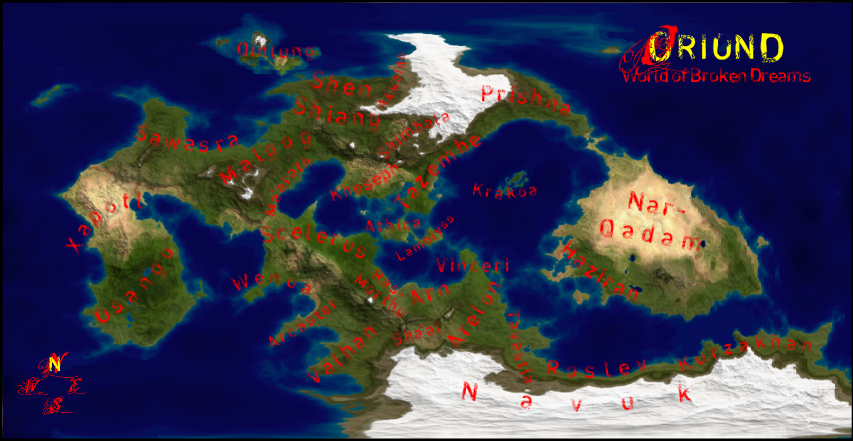


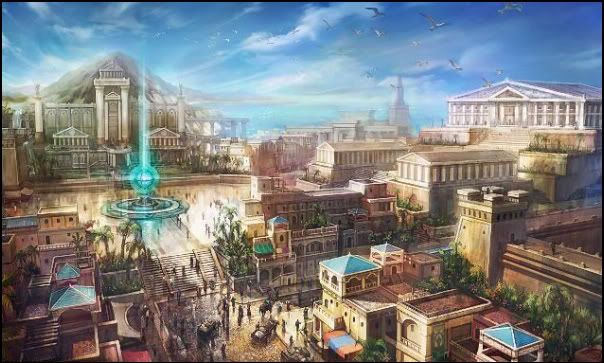

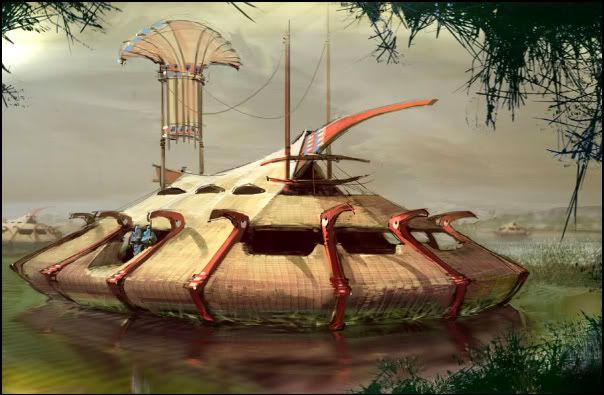


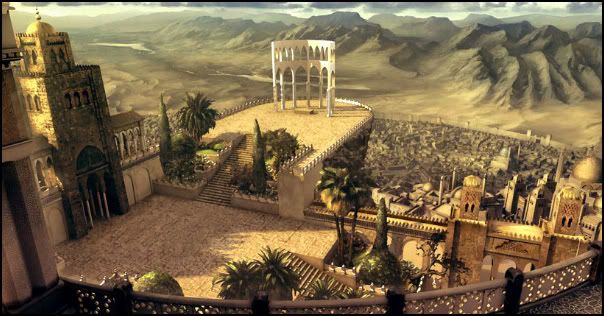
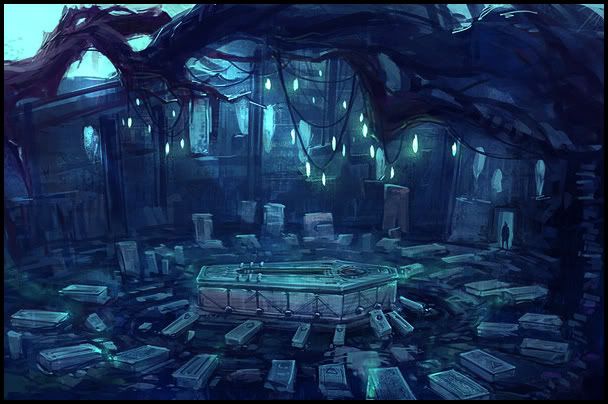
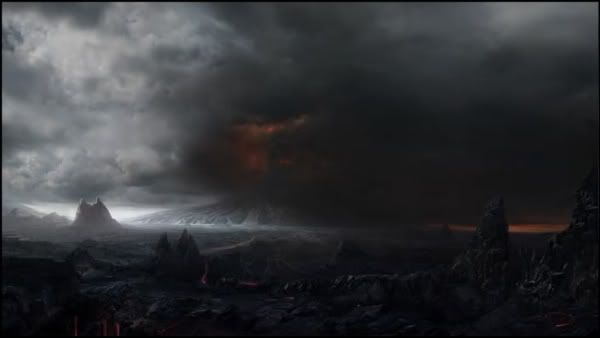
"I think we often forget what fantasy is. We forget that it is the limitless genre that encompasses all others; not truly a genre at all but our very desire to create and innovate, encapsulated in a word. Every tale is fantasy, and so it is bewildering to see the limitations we impose upon ourselves, ascribing one form to that which is by nature multitudinous. Fantasy doesn't need magic. it doesn't need swords or guns or elves or creation stories or jealous gods or an impending doom. Being everything, it is in need of nothing."